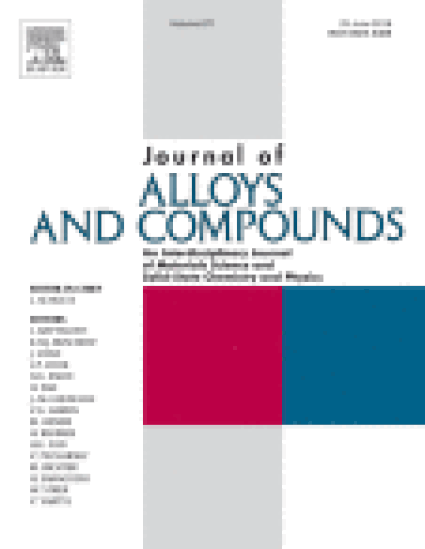
Compounds in the pyrochlore system Ho2(ZryTi1-y)2O7 exhibit an order-disorder transition from pyrochlore to a defect-fluorite type structure. Compositions in this system were prepared via mechanical milling, followed by a two-step sintering process. Structural characterization was carried out via Rietveld refinements using neutron powder diffraction data, supported by X-ray diffraction to determine the phase and location of the pyrochlore-fluorite transformation. Unit-cell parameters were determined for the whole series using Rietveld refinements as well as the Nelson-Riley function. The neutron refinement results confirmed that the cation disorder was independent of the anion Frenkel disorder. The relation between the x-parameter in the oxygen 48ƒ position and anion Frenkel disorder was found to be linear for the pyrochlore structure. The ionic conductivity studies were undertaken via AC impedance analysis to determine the electronic behaviour and its relation to the structural change in the temperature range 300˚C‒700 ˚C. The trends in ionic conductivity and activation energy were explained structurally via neutron powder diffraction and X-ray diffraction data. The pyrochlore-fluorite boundary composition (at y = 0.5) exhibited the lowest activation energy and highest ionic conductivity.
